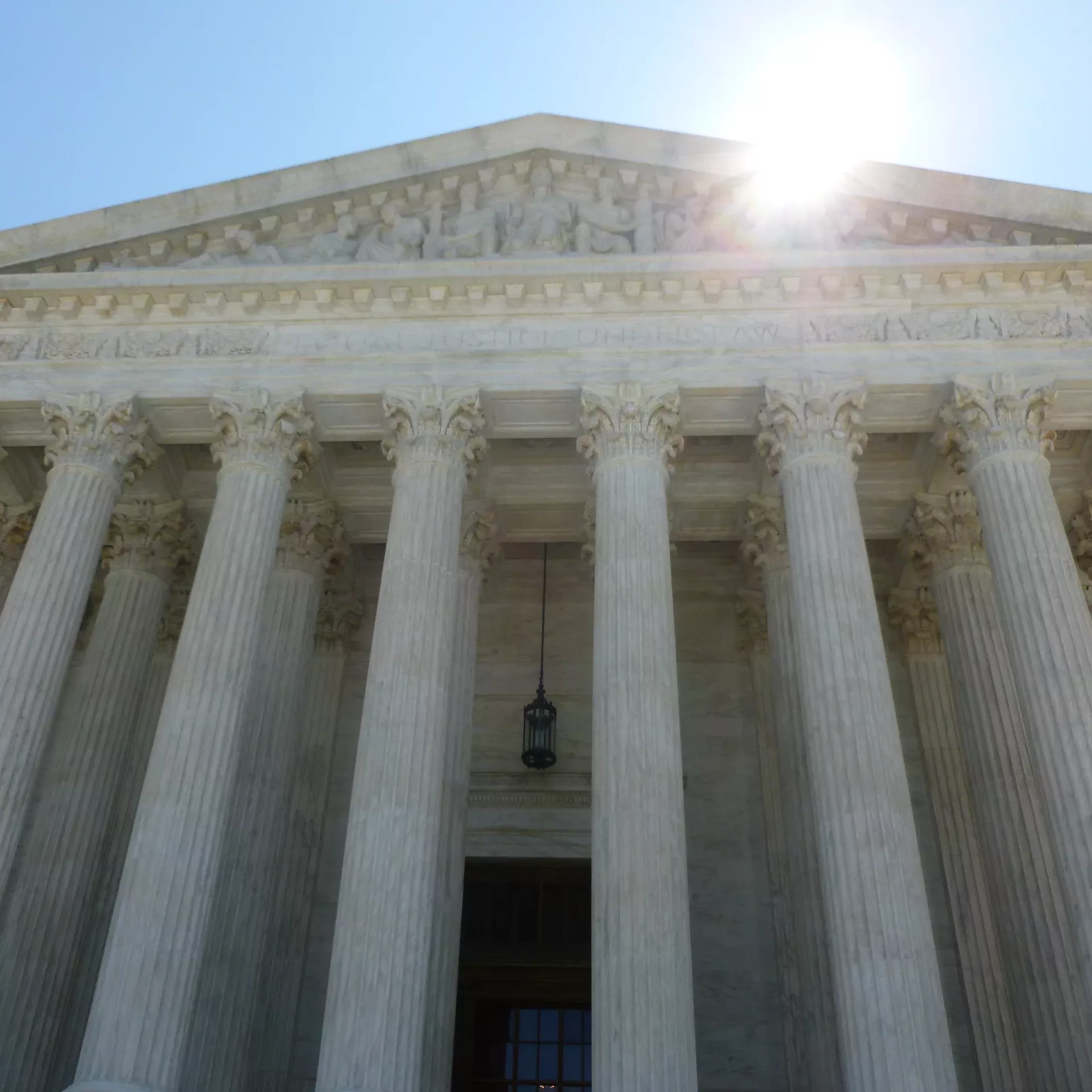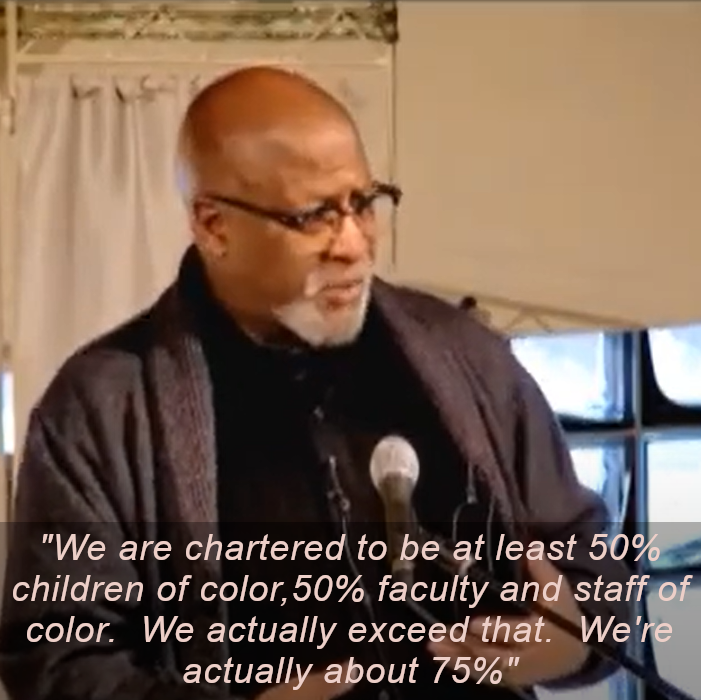On June 29 2023, the U.S. Supreme Court ended the use of race as a consideration for college admissions. The 6-3 opinion in Students for Fair Admissions v. Harvard and UNC will have wide ranging effects throughout the nation and will act as a prohibition against most, if not all, government race-based discrimination. The Court has provided a clear prohibition against government programs that classify and discriminate against any race. As such, popular “equity” and “diversity” programs, which often provide benefits and opportunities to persons based on skin color, are now clearly illegal.
Students for Fair Admissions v. Harvard and UNC
SFAA is a non-profit organization whose mission includes ensuring that universities and schools treat applicants equally regardless of race. The organization brought suit in 2014 against Harvard University and UNC. These two schools, like many in the US, considered an applicant’s race when making admissions decisions. Black and Hispanic applicants were favored, while white and Asian students were much less likely to gain admission to these prestigious schools. UNC and Harvard claimed that the use of race was necessary to achieve diversity in their student body, while SFAA argued that the use of race was impermissible under the 14 th Amendment’s Equal Protection Clause and Title VI of the 1964 Civil Rights Act. The Supreme Court consolidated the cases for decision.
The Supreme Court, in a landmark decision, ruled that the use of race by these institutions was
not permissible. Writing for the majority, Justice John Roberts explained: “The conclusion reached by the Brown Court was thus unmistakably clear: the right to a public education ‘must be made available on equal terms’”. Justice Clarence Thomas, concurring with the opinion, explained further why affirmative action was unconstitutional: “the Constitution continues to embody a simple truth: Two discriminatory wrongs cannot make a right”.
Justices Kagan, Sotomayor, and Jackson dissented, with Justice Jackson writing a blistering dissenting opinion. Justice Jackson opined that the effects of racism and past discrimination continue to this day and account for practically all negative disparities between white and black persons. Justice Jackson reasoned that the Constitution must actively discriminate against whites (and Asians) to balance the effects of past discrimination. Justice Jackson was noted to rely on incorrect statistics in her opinion, as well as completely disregarding disparities between other races which have faced historic discrimination yet outperform white persons. She also never addressed her rationale for allowing discrimination against Asian persons.
Justice Thomas neatly responded to Justice Jackson, stating that persons born today cannot be held responsible, and thus discriminated against, for actions taken by persons decades prior and who share nothing in common but skin color:
“While I am painfully aware of the social and economical ravages which have befallen my race and all who suffer discrimination, I hold out enduring hope that this country will live up to its principles so clearly enunciated in the Declaration of Independence and the Constitution of the United States: that all men are created equal, are equal citizens, and must be treated equally before the law”.
Justice Clarence Thomas
Impact
Although the issues involved in the SFAA case were college admissions, the decision will have long reaching impacts. As part of equity and diversity initiatives, many federal, state and local governments have implemented policies which openly favor persons based on race. Examples include: NY’s prioritizing black and Hispanic persons for COVID treatments, the USDA’s policy to provide loan forgiveness to black farmers only, and San Francisco’s policy of providing cash supplements to black welfare recipients only. All of these programs are now undisputedly unconstitutional.
Private companies who have also embraced DEI (diversity, equity, and inclusion) programs which favor the hiring and promotion of candidates based on race also likely will face repercussions. Title VII of the 1964 Civil Rights Act applies to private employers and forbids discrimination on the basis of race (among other categories). These companies (including Walmart, Coca-Cola, Target, United Airlines, and many, many others) face an increasing risk of liability if they implement policies and programs that favor persons based on race. Proponents of racial discrimination seem undeterred by the Supreme Court’s most recent
admonishment. They continue to initiate and implement discriminatory programs and policies with no sign of slowing. They apparently hope that no person with standing will dare challenge their actions. As such, it remains crucial that persons be willing to step forward and participate in litigation to enforce the civil rights that have been so hard fought in obtaining.
Local Ramifications
Locally, Buncombe County and the City of Asheville also seem undeterred by the SFAA ruling. They continue to fund race-based programs (Community Reparations Commission, Strategic Partnership Grants, Human Relations Commission, etc.) and show no sign of slowing. “Equity” and the preference of persons based on race remains a priority for both local governments. WNC Citizens for Equality, meanwhile, continues its work to ensure that all citizens in WNC are treated equally regardless of race. Our group received a huge boost from the SFAA ruling, not only on the issues of racial discrimination, but also with organizational standing. WNCCE based its organizational structure and mission on SFAA’s model. The Supreme Court held that SFAA had standing as an organization to bring its lawsuit. As such, WNCCE will likely also have standing to bring lawsuits on behalf of its members. We are continuing to work on several lawsuits in this regards and hope to have updates soon. As Justice Roberts wrote in the SFAA case, “Eliminating racial discrimination means eliminating all racial discrimination”. Hopefully, by working together, we can achieve this goal.




